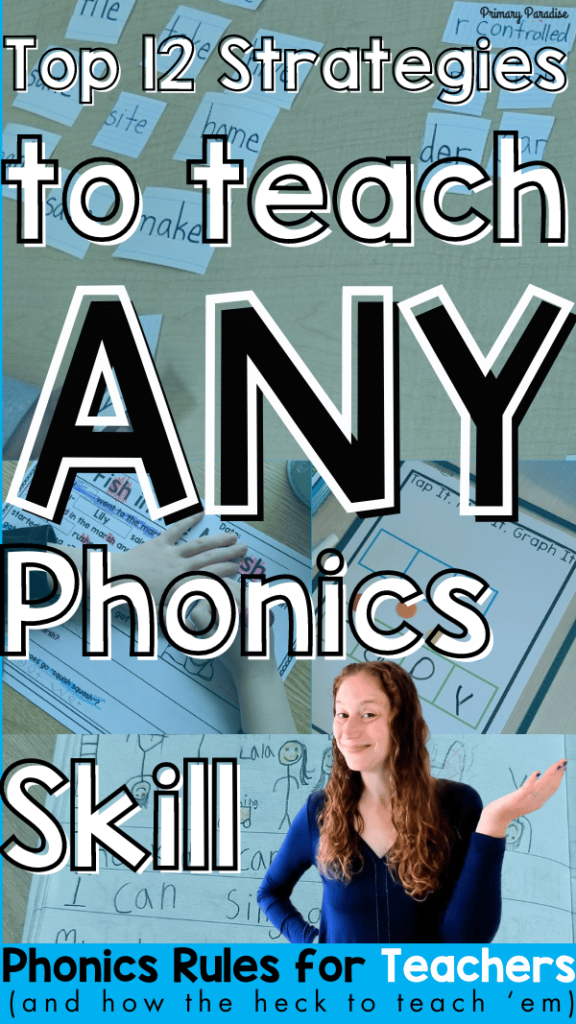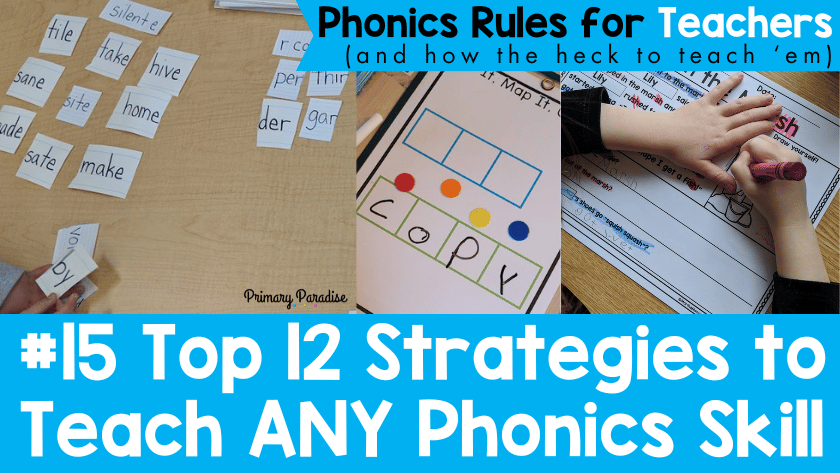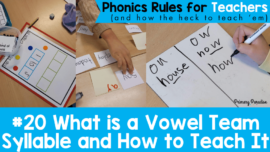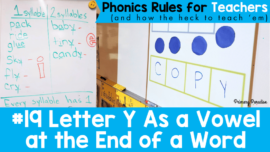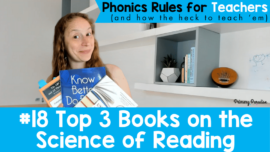When teaching a new phonics skill, you don’t need to have 500 strategies up your sleeve. Instead, you need a handful of simple, engaging, effective activities. Here are 12 phonics based strategies to use when you’re practicing any new spelling pattern or syllable type with your students.
This is post 15 in my series Phonics Rules for Teachers (and How the Heck to Teach ‘Em). If you’d like to see previous posts, you can click here.
Would you rather listen or watch? Find a podcast version of this blog post or watch the video below.
1. Visuals and hand motions
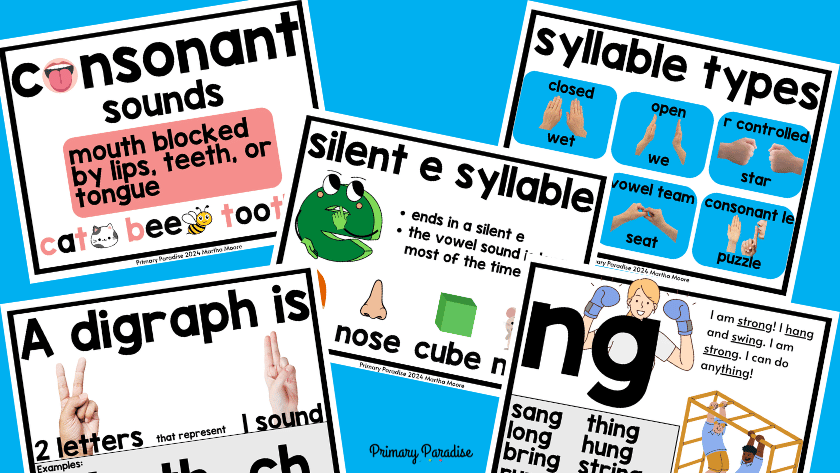
Using visuals and hand motions for phonics skills is a helpful way for students to remember the sounds fore each spelling pattern. This is particularly helpful when you’re first learning a skill, and of course, after a time, they should no longer need the visual. Throughout Phonics Rules for Teachers, I’ve shared my favorite prompts for different spelling patterns. You can, of course, come up with your own. If you have a curriculum that your school uses, it’s best to use the prompts that go with that for continuity. Just be sure the prompts make sense and aren’t too similar or too complicated.
2. Daily sound drill
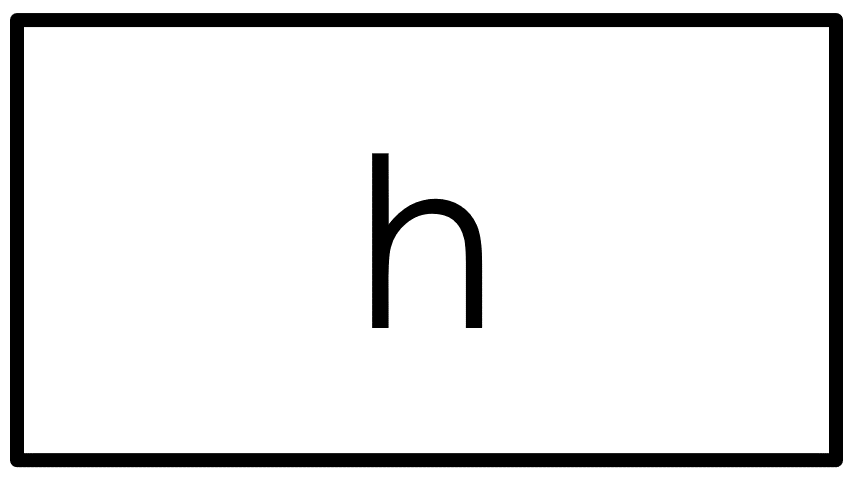
This is one of my favorite phonics strategies to develop strong decoding skills in students in a few minutes each day. At the beginning of your phonics lesson, take 2-3 minutes to do a sound drill with your students. Create a very simple Google Slides or PowerPoint and put one letter or spelling pattern on each slide. As you click through the slides, students produce the sound(s) the spelling patterns represent. You can either group vowel sounds and consonant sounds together, or ask your students to stand up for vowel sounds and sit for consonant sounds. As they learn new sounds, add them to the warm up slides. And, if a sound represents more than one sound, you can add a small 2 or 3 to indicate how many sounds that letter can represent. For example, S can represent /s/ and /z/ so once students learn both sounds, they can say both sounds for the drill.
3. Word mapping
Word mapping is a great phonics strategy to help students recognize and become familiar with new spelling patterns and syllable types. Taking the time to map words helps students distinguish between the letters and sounds in a word. It helps students understand both irregular and common spellings.
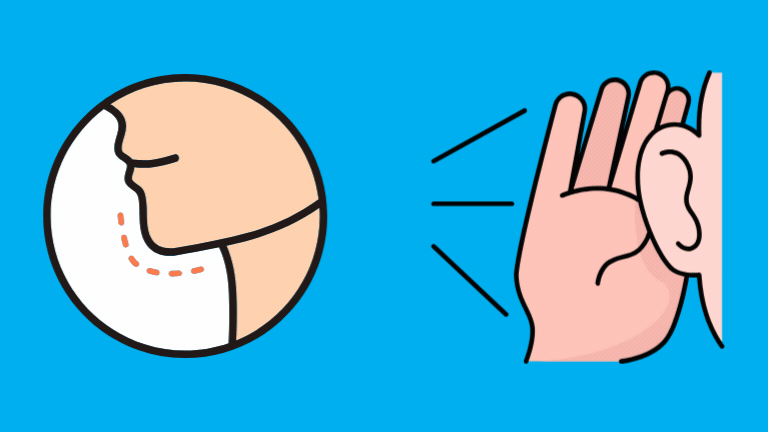
Here’s how it works.
- Say a word out loud, and have your students repeat it.
- Then, have students count out the sounds in a word. I have them put up a finger for each sound. So, if they say chin, they would count the sounds /ch/ /i/ /n/ and put up 3 fingers.
- Next, they put a counter down for each of the sounds they counted- one counter in each box.
- Last, the slide up each counter and write the letter or letters that represent the sound in each box. It’s important to remember that we write down the spelling for each sound in its own box. This means a box can have 1,2, or 3 letters in it depending on the way the sound is spelled.
4. Book hunt
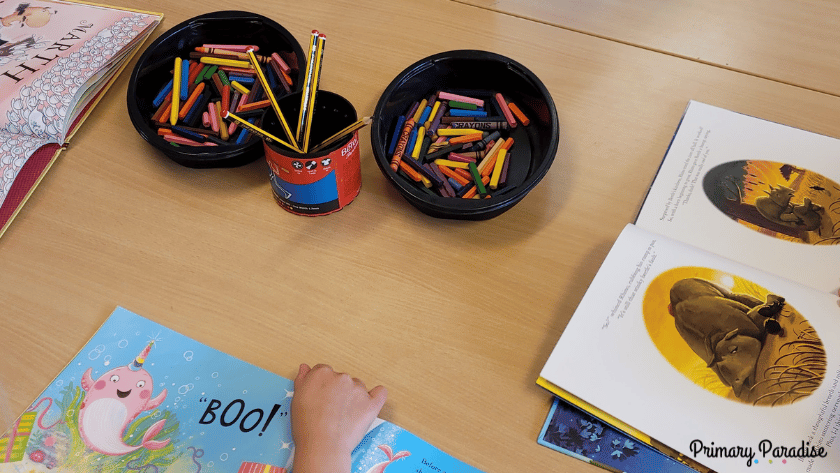
Let students take a book or two from your classroom library, and have them hunt for and write down words that match the spelling pattern you’re currently focusing. When they’re done, have students share out the words they’ve found, and make a chart together. If students have written words that don’t match the spelling pattern, that’s okay. It’s a great opportunity to look closely at the word and talk about why it doesn’t fit the pattern.
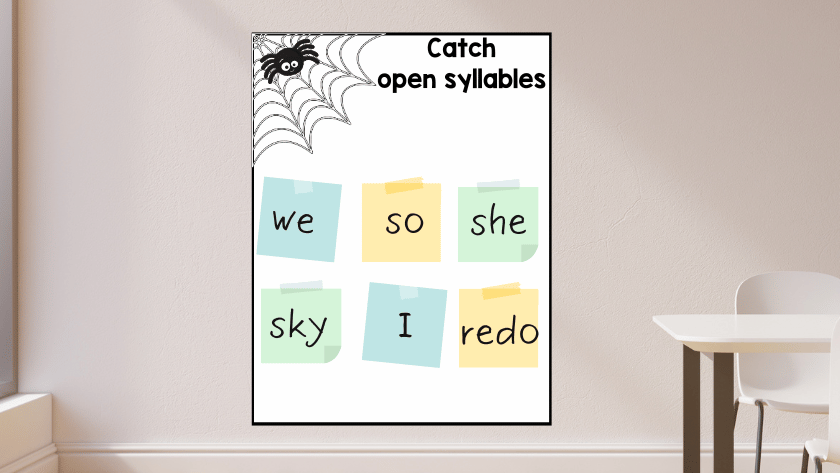
You can also do this with environmental text- asking them to keep an eye out for whatever spelling pattern you’re currently learning about. Then, leave a piece of chart paper somewhere in your classroom, and they can write their word up when they find words that match that spelling pattern.
5. Decodable texts

Using decodable texts that only use sounds and spelling patterns that have been explicitly taught is one of the most important phonics activities to support decoding of new and old sounds. It also helps students focus on the text to decode as opposed to trying to guess since the text uses sounds they have learned. A general rule of thumb is to make sure the text is at least 80% decodable for students to be successful. However, students who know less spelling patterns will need a higher percentage- closer to 100%- to be successful. Likewise, students who have a solid understanding of more phonics strategies will be able to read decodable texts with more new words or spelling patterns. It can be difficult to find decodable texts as it is based on your specific curriculum and scope and sequence. However, there are many options available.
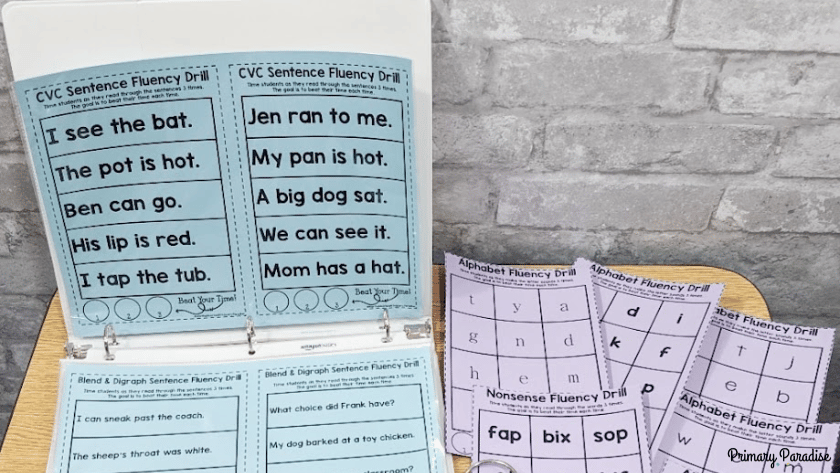
- books– both standard books and printable books are a great option
- partner plays– decodable partner plays are one of my favorite decodable resources because students can practice decoding and fluency in a fun and silly way either with a partner or on their own
- fluency passages– decodable fluency passages are a great way to practice accuracy and expression
- short comprehension passages– short decodable comprehension passages allow students to practice decoding and comprehension together
- fluency drill cards– if you want some quick decoding practice that’s easy to gamify, fluency drill cards are a great option
6. Magic word change game

This game is great because all you need are whiteboards and markers. Use a projector and type the words, or write the on your big white board while students use mini white boards. Start with a word and change/add/remove one letter at a time to make new words. You give students clues like “take away the letter that spells /b/”. Or “add an s”. Students make the change on their white board, and then you ask them to tell you what to change on the big board. (Read a more in-depth description here.)
7. Targeted journal entries

After you’ve introduced a new sound and spelling and you’ve spent some time working with it, have your students complete a targeted journal entry. This is a great way to practice encoding. First, make a list of words you know with the spelling pattern. Have the students help you tap out the words and focus on the sounds they hear and spelling them correctly. Then, ask students to write a sentence (or more than one depending on the age) in their journal using at least one word with that spelling pattern.
In the beginning, they can just write 1 or 2 sentences, and they don’t need to connect. The goal is to just use the sound in words in context. For example, if you’re learning about the aw and au spelling patterns, they might write, “I saw a cat. She hauls the trash.” As they advance, you can encourage students to begin to connect the sentences so they make sense. For example, “He paused the show. He wanted to draw what he saw.”
8. Snowball fight

Snowball Fight is one of my favorite games that works on decoding and encoding. Every student writes a single word on 3 pieces of paper. Here, we were learning the long o ow spelling, so they had to pick long o ow words. Then, they crumple up their paper to make snowballs. In the count of 3, everyone throws their snowballs. Next, everyone gathers three snowballs. They open them up, read the words, and then write them on the recording sheet. You can even have them write a sentence instead of just the word. They crumple up those snowballs again and play another round. It’s a great way to focus on a specific sound, and the students love it because it gets them up and moving.
9. Musical sentences
This is another favorite phonics strategy that focuses on both decoding and encoding. I place a decodable sentence at each student’s spot. The sentences are face down. Each sentence will have a word or words that contain the spelling pattern we’re currently focusing on. Students walk around the tables with a white board and marker. I play music and when the music stops, they flip over the sentence, read it out loud, and then write down the word/s that have the spelling pattern we’re focusing on.
10. Word sorts
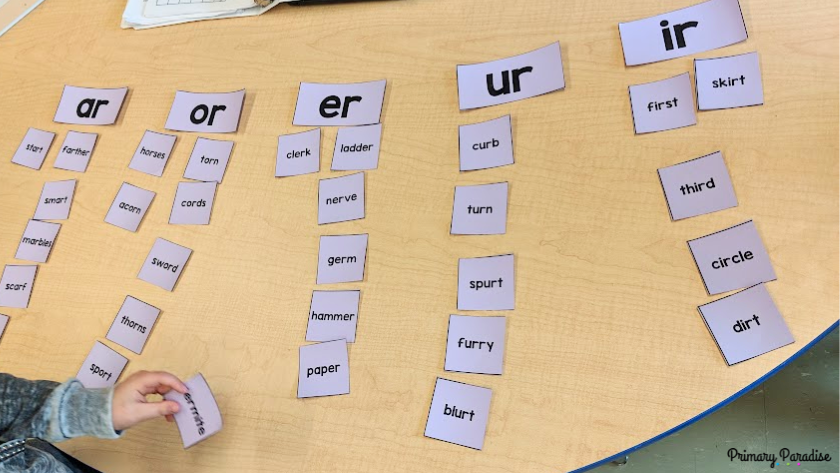
The more you can work with words and encourage students to look closely at them, the strong they will become at spotting different spelling patterns. A great way phonics activity for a new sound is to have students complete word sorts. This can be a great activity to complete with word cards as a whole class. You can also say words out loud and then have students write them on their white boards in the correct column. Lastly, you can have them complete word sorts in small groups, partners, or independently.

Word sorts are also great because you can use them to compare a new spelling patterns with an old one, review a spelling pattern you haven’t focused on in a while, or look at a number of spelling patterns at once. When we reach the end of the school year, I love to do a huge word sort with many word cards and play a 4 corners type game with all of the syllable types we’ve learned.
11. Purposeful read alouds
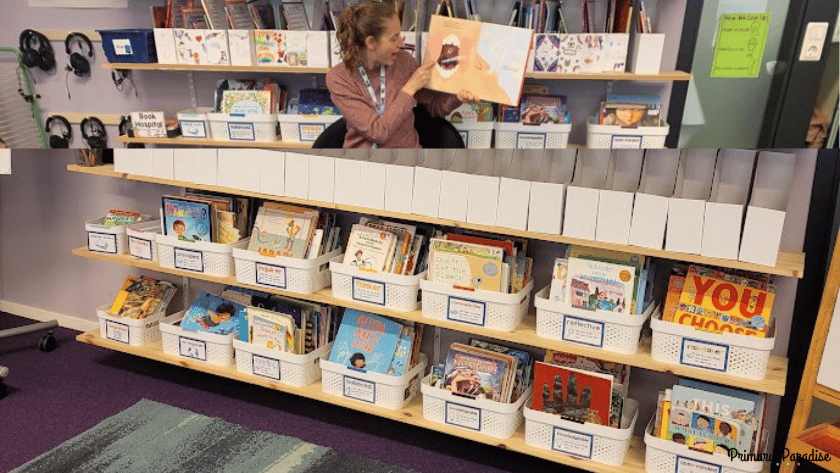
Reading books out loud to your students is a great way to foster strong decoding skills. Listening to expressive, fluent reading has many benefits including increasing vocabulary, comprehension, and fluency skills. In addition, when you are reading aloud, you can model decoding words. Of course students benefit from listening to smooth, fluent reading. But, you can also stop throughout the book and purposefully choose some words to decode together. Perhaps you can choose words that have sounds you’re currently focusing on, sounds you’ve noticed students struggling with, or just sounds that you’ve already learned.
12. Backwards decoding
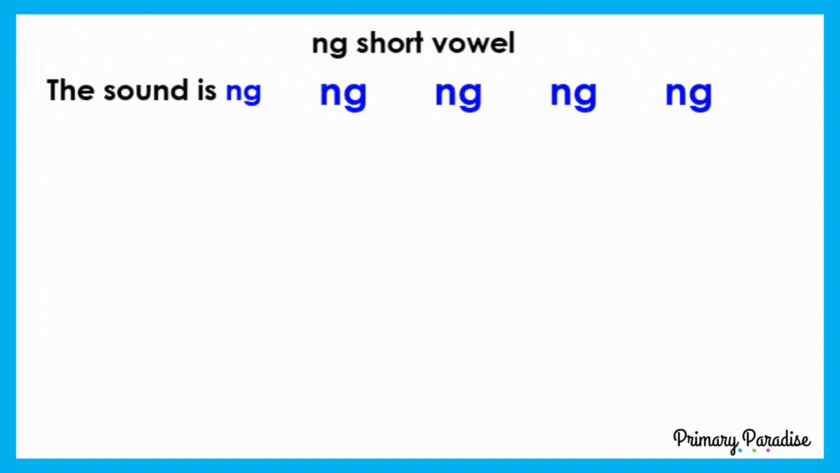
Backwards decoding is a great activity for any sound, and that’s true for digraphs as well. Create a PowerPoint (or you could just write words on a white board). start with the key sound and then build the word backward from rhyme to onset. Students read each word as it appears. For example, for rang, you’d display and then rang. This helps students focus on the vowel sound and get used to looking closely at the letters and spelling patterns in words as they’re reading.
There are so many possibilities to make sure these 12 phonics strategies and activities never get old. Having these phonics activities in your toolkit means that you don’t have to constantly come up with new ideas. Instead, you can focus on teaching students the how and why behind the English language in a clear and consistent way.
